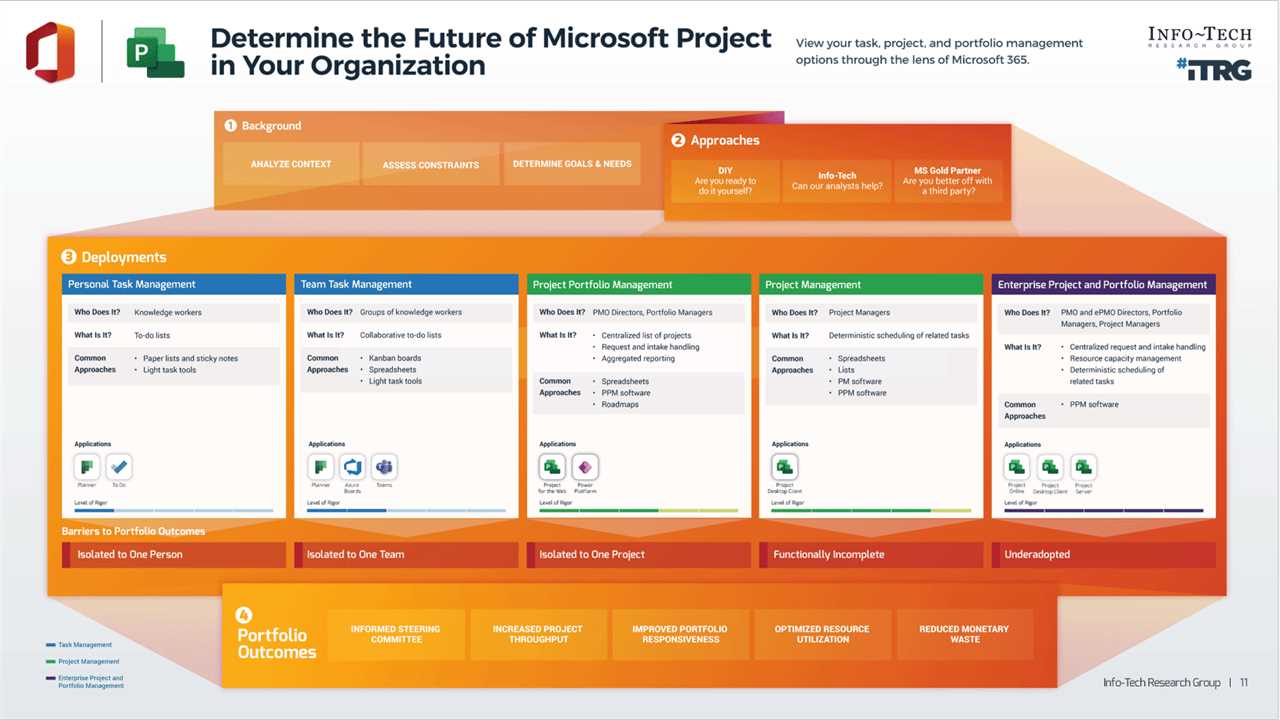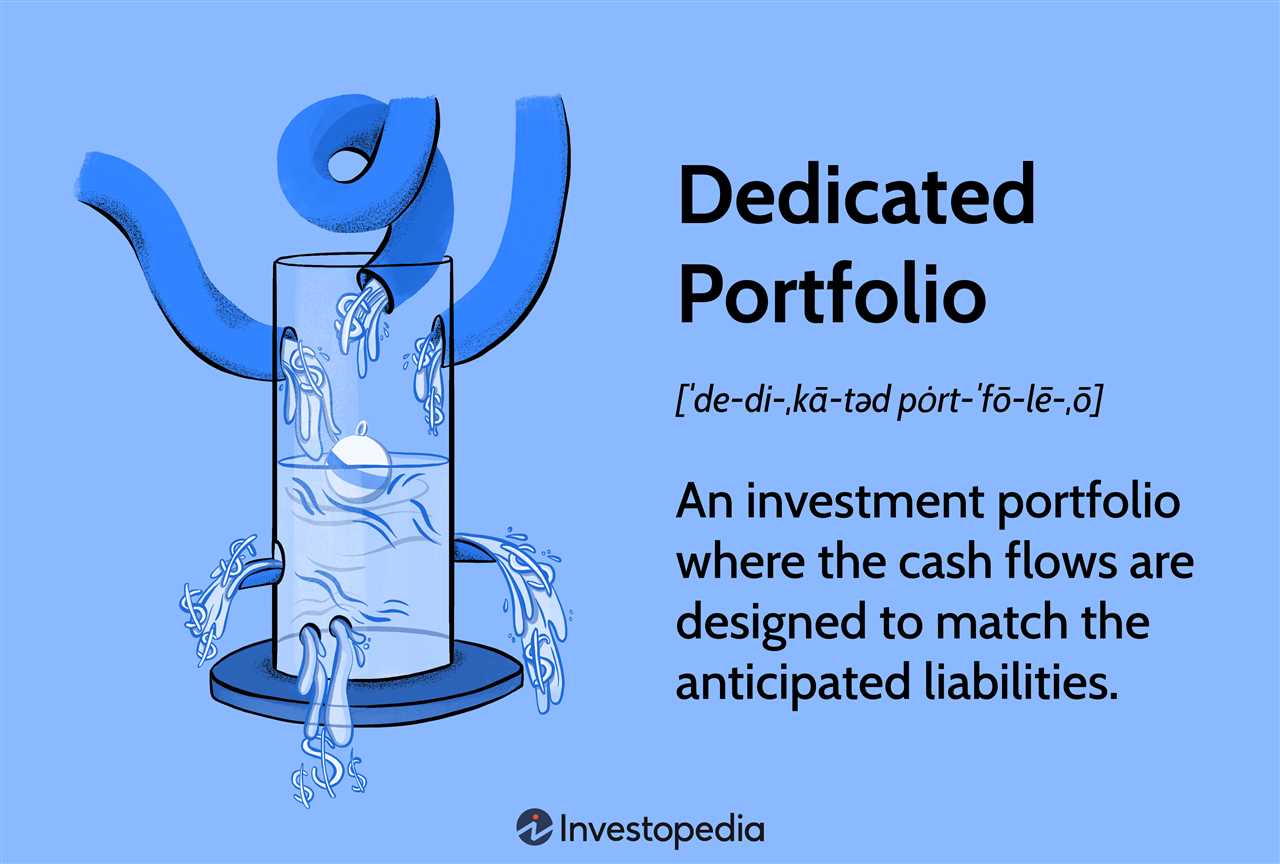What is Granular Portfolio?

A granular portfolio is a type of investment portfolio that is constructed by investing in a large number of individual securities or assets. This approach involves diversifying investments across various asset classes, sectors, and geographical regions to reduce risk and increase potential returns.
Unlike a concentrated portfolio that focuses on a limited number of investments, a granular portfolio aims to spread investments across a wide range of assets. This diversification strategy helps to mitigate the impact of any single investment’s performance on the overall portfolio.
By investing in a granular portfolio, investors can benefit from the potential upside of multiple investments while minimizing the downside risk associated with any single investment. This approach allows for a more balanced and diversified investment strategy.
Furthermore, a granular portfolio provides investors with the flexibility to adjust their investments based on changing market conditions and investment opportunities. This adaptability is crucial in managing risk and maximizing returns in dynamic market environments.
Overall, a granular portfolio offers investors the potential for higher returns and reduced risk through diversification and careful selection of individual securities or assets. However, it is important to note that this approach also requires diligent monitoring and management to ensure the portfolio remains aligned with the investor’s investment goals and risk tolerance.
Definition, Working, and Benefits

A granular portfolio is a type of investment portfolio that is constructed by investing in a large number of individual assets or securities. Unlike traditional portfolios that may contain a smaller number of assets, a granular portfolio aims to diversify risk by spreading investments across a wide range of assets.
The working of a granular portfolio involves carefully selecting and investing in a large number of assets from different sectors, industries, and geographic regions. This approach allows investors to reduce the impact of any single asset’s performance on the overall portfolio. By diversifying investments, a granular portfolio seeks to minimize the risk of significant losses and increase the potential for returns.
There are several benefits associated with a granular portfolio. Firstly, it provides enhanced diversification, which helps to reduce the overall risk of the portfolio. By investing in a wide range of assets, the portfolio is less susceptible to the performance of any single asset or sector. This diversification can help protect against market volatility and economic downturns.
Secondly, a granular portfolio allows for more targeted investment strategies. By investing in a large number of assets, investors can focus on specific sectors or industries that they believe will outperform the market. This targeted approach can potentially lead to higher returns compared to a more generalized portfolio.
Additionally, a granular portfolio provides increased flexibility. Investors have the ability to adjust their holdings based on market conditions and changing investment opportunities. This flexibility allows for more active management of the portfolio and the ability to take advantage of emerging trends or market shifts.
Advantages of Granular Portfolio
A granular portfolio offers several advantages to investors and portfolio managers. Here are some key benefits:
Diversification
One of the main advantages of a granular portfolio is diversification. By investing in a large number of individual securities or assets, the portfolio is spread across different industries, sectors, and geographic regions. This helps to reduce the overall risk of the portfolio, as losses in one investment can be offset by gains in others. Diversification also allows investors to take advantage of different market conditions and opportunities.
Flexibility
A granular portfolio provides flexibility in terms of asset allocation and risk management. With a large number of individual investments, portfolio managers have the ability to adjust the allocation of assets based on market conditions and their investment strategy. They can easily add or remove investments to optimize the portfolio’s performance and adapt to changing market trends.
Customization

Granular portfolios allow for customization based on the investor’s preferences, risk tolerance, and investment goals. Investors can choose specific assets or securities that align with their investment strategy and objectives. This level of customization provides investors with a greater sense of control and allows them to tailor their portfolio to meet their individual needs.
Transparency

Another advantage of a granular portfolio is transparency. Since each individual investment is tracked separately, investors have a clear view of their holdings and can easily monitor the performance of each investment. This transparency helps investors make informed decisions and evaluate the effectiveness of their investment strategy.
Opportunity for Higher Returns
A granular portfolio can provide the opportunity for higher returns compared to a concentrated portfolio. By investing in a wide range of assets, the portfolio has exposure to different market sectors and can benefit from the growth potential of various industries. This diversification can potentially lead to higher overall returns over the long term.
| Advantages of Granular Portfolio |
|---|
| Diversification |
| Flexibility |
| Customization |
| Transparency |
| Opportunity for Higher Returns |
Disadvantages of Granular Portfolio
While a granular portfolio can offer several advantages, it is important to consider its disadvantages as well. Here are some potential drawbacks of using a granular approach in portfolio construction:
- Increased complexity: Managing a granular portfolio can be more complex and time-consuming compared to a more consolidated approach. With a larger number of individual securities or assets, there is a need for more detailed analysis, monitoring, and rebalancing.
- Higher transaction costs: As a granular portfolio typically consists of a larger number of securities, the costs associated with buying and selling these assets can add up. Transaction costs, such as brokerage fees, can eat into investment returns.
- Greater risk of over-diversification: While diversification is generally considered a good strategy to manage risk, there is a point where it can become excessive. Holding too many individual securities may lead to over-diversification, diluting potential returns and making it difficult to outperform the market.
- Increased tracking error: Granular portfolios may have a higher tracking error compared to more concentrated portfolios. Tracking error measures the deviation of a portfolio’s performance from its benchmark. With a larger number of securities, it can be more challenging to closely match the benchmark’s performance.
Despite these disadvantages, a granular portfolio can still be beneficial for certain investors, especially those who prioritize diversification and are willing to put in the extra effort to manage a more complex portfolio. It is important to carefully consider the pros and cons before deciding on the appropriate portfolio construction approach.
Portfolio Construction with Granular Approach
When constructing a portfolio using a granular approach, investors focus on building a diversified investment portfolio by selecting individual securities or assets rather than relying on broad market indices or mutual funds. This approach allows investors to have more control over their portfolio and tailor it to their specific investment goals and risk tolerance.
Here are the steps involved in constructing a portfolio with a granular approach:
- Define investment goals: The first step is to clearly define your investment goals, such as capital appreciation, income generation, or a combination of both. This will help guide your investment decisions and asset allocation.
- Assess risk tolerance: Determine your risk tolerance by considering factors such as your age, financial situation, and investment experience. This will help you determine the appropriate asset allocation and diversification strategy.
- Research and select individual securities: Conduct thorough research on individual securities or assets that align with your investment goals and risk tolerance. This may involve analyzing financial statements, market trends, and company fundamentals. Select securities that have the potential for growth or income generation.
- Allocate assets: Once you have selected individual securities, allocate your assets based on your desired asset allocation. This may involve diversifying across different asset classes, such as stocks, bonds, and commodities, to spread risk and maximize potential returns.
- Monitor and rebalance: Regularly monitor the performance of your portfolio and make adjustments as needed. Rebalance your portfolio periodically to maintain your desired asset allocation and take advantage of market opportunities.
The granular approach to portfolio construction offers several advantages. It allows investors to have more control over their investments, tailor their portfolio to their specific goals and risk tolerance, and potentially achieve higher returns by selecting individual securities with growth potential. Additionally, investors can avoid the fees associated with mutual funds or exchange-traded funds (ETFs) by directly investing in individual securities.

Emily Bibb simplifies finance through bestselling books and articles, bridging complex concepts for everyday understanding. Engaging audiences via social media, she shares insights for financial success. Active in seminars and philanthropy, Bibb aims to create a more financially informed society, driven by her passion for empowering others.
